When winter arrives and temperatures plummet below freezing, most of us retreat indoors, bundled up in layers of clothing and relying on heating systems to keep us warm. But what about the countless insects that remain outside, facing the brutal cold with no shelter, no clothing, and no central heating? The answer lies in one of nature’s most remarkable survival strategies – a collection of extraordinary adaptations that would make even the most advanced technology seem primitive by comparison. These tiny creatures have evolved mechanisms so sophisticated that they can literally freeze solid and then spring back to life when conditions improve. Some insects can survive temperatures that would instantly kill most other living organisms, while others have developed internal antifreeze systems that put our best winter preparations to shame.
The Science Behind Insect Cold Tolerance
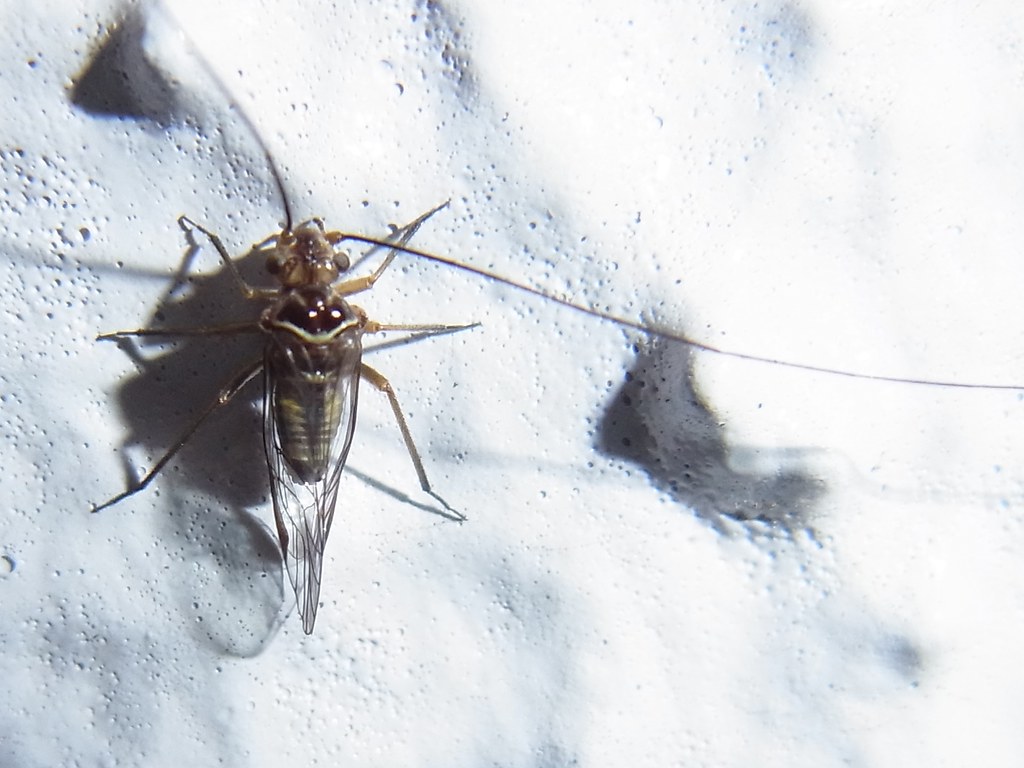
Understanding how insects survive freezing temperatures requires delving into the fundamental biology of cold tolerance. At the cellular level, freezing poses a deadly threat because ice crystals can rupture cell membranes and destroy vital cellular structures. Most living organisms face this challenge, but insects have developed two primary strategies to combat it: freeze tolerance and freeze avoidance.
Freeze-tolerant insects actually allow ice to form in their bodies, but they control where and how this happens. These remarkable creatures can survive having up to 65% of their body water frozen solid. Meanwhile, freeze-avoidant insects prevent ice formation entirely by lowering their body’s freezing point, similar to how we use antifreeze in our cars. Both strategies require complex biochemical processes that scientists are still working to fully understand.
Antifreeze Proteins: Nature’s Ultimate Winter Protection
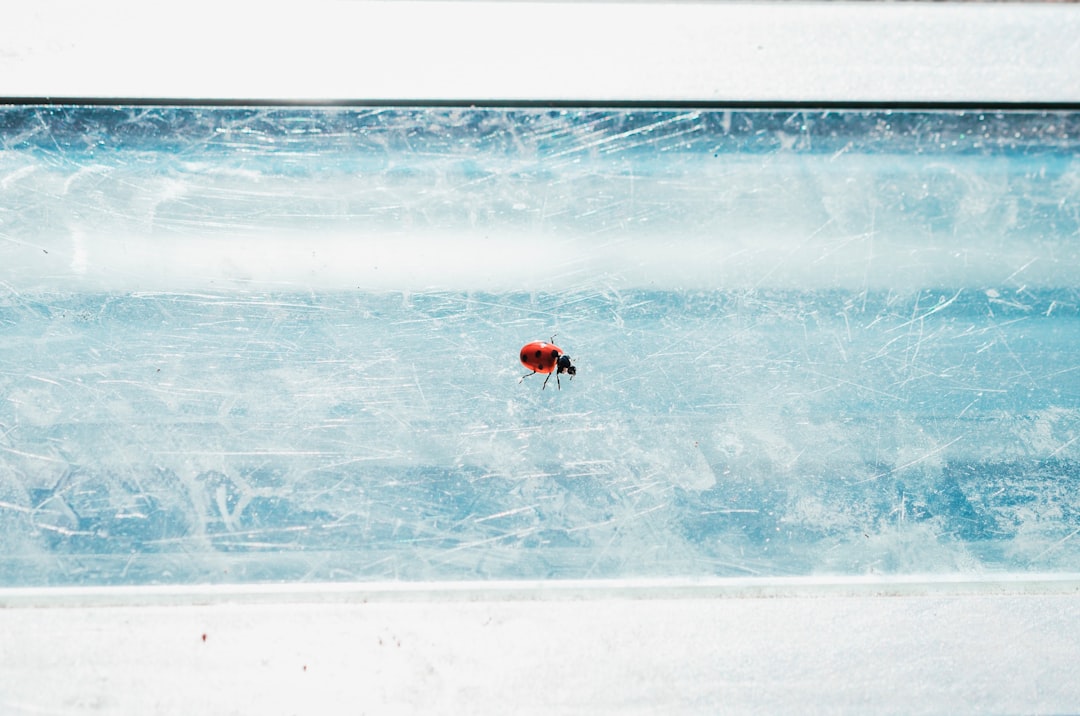
One of the most fascinating adaptations insects have developed is the production of antifreeze proteins (AFPs). These specialized molecules work by binding to ice crystals and preventing them from growing larger. Think of them as molecular bodyguards that surround ice crystals and keep them from causing damage.
The beetle Rhagium inquisitor produces AFPs that can lower its freezing point by several degrees. What makes these proteins truly remarkable is their specificity – they only target ice crystals, leaving other cellular processes completely unaffected. Scientists have discovered that these antifreeze proteins are so efficient that they’re now being studied for potential applications in organ preservation and food storage technology.
Cryoprotectants: The Insect’s Internal Antifreeze System
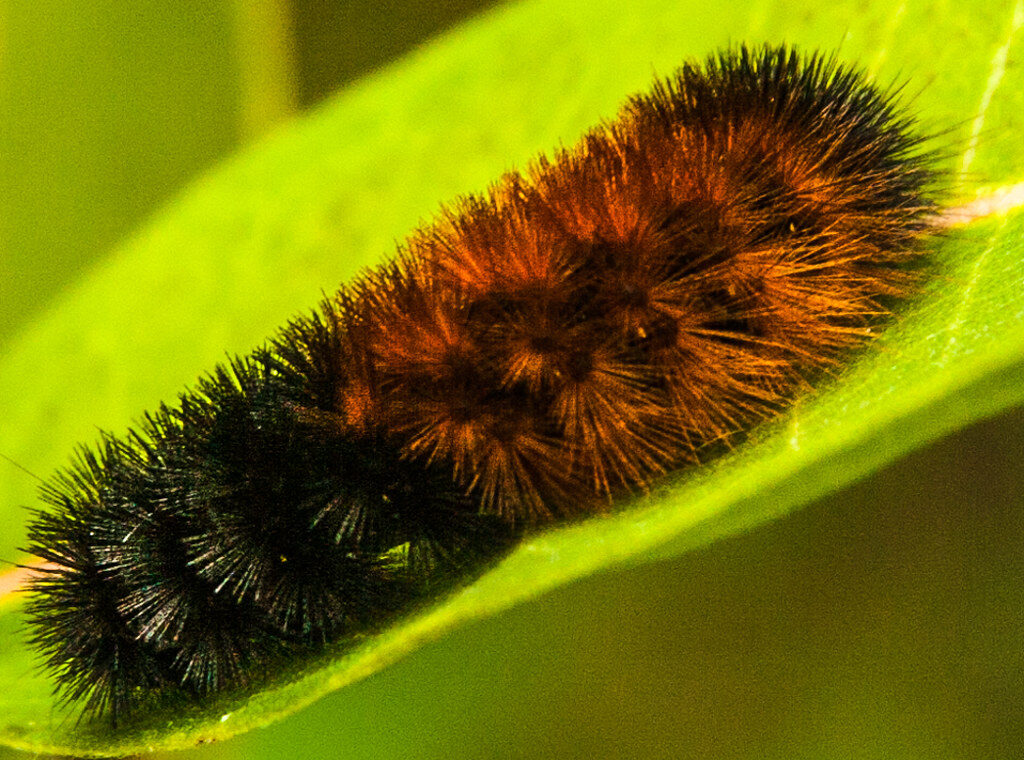
Beyond antifreeze proteins, many insects produce cryoprotectants – special chemicals that protect cells from freezing damage. Glycerol is one of the most common cryoprotectants, acting like a natural antifreeze that insects can produce in massive quantities. Some insects can increase their glycerol concentration by up to 25% of their body weight during winter preparation.
The woolly bear caterpillar takes this strategy to an extreme, producing so much glycerol that it can survive being frozen solid for months. Other insects use different cryoprotectants like ethylene glycol, sorbitol, and mannitol. These chemicals work by interfering with ice crystal formation and protecting cell membranes from damage. The production of cryoprotectants is often triggered by environmental cues like decreasing daylight hours and dropping temperatures.
Ice Nucleation Control: Managing the Freezing Process
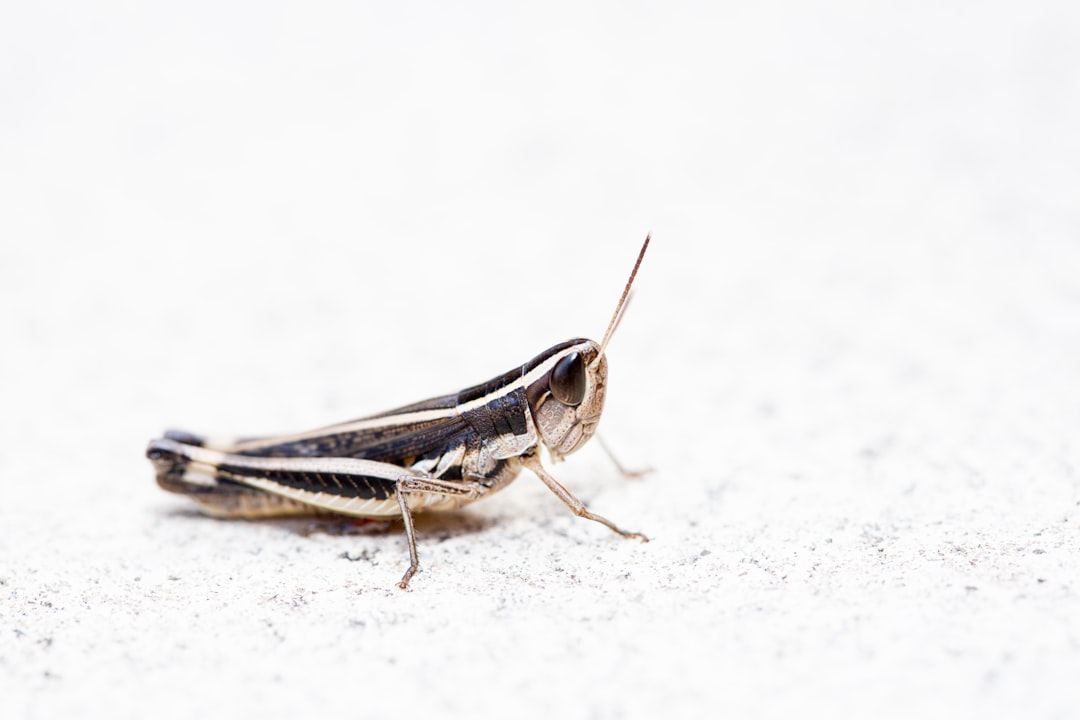
For freeze-tolerant insects, controlling where and when ice forms in their bodies is crucial for survival. These insects use ice nucleation proteins (INPs) to carefully manage the freezing process. Rather than letting ice form randomly throughout their bodies, they control nucleation sites to ensure ice forms in less critical areas first.
This controlled freezing process is like having a master plan for how their body will freeze. Ice typically forms first in the hemolymph (insect blood) and extracellular spaces, while vital organs and cells remain unfrozen longer. The gall fly Eurosta solidaginis is a master of this technique, using INPs to ensure that ice formation begins in safe locations. This controlled approach prevents the explosive ice crystal growth that would otherwise destroy cellular structures.
Dehydration Strategies: Removing Water to Prevent Damage
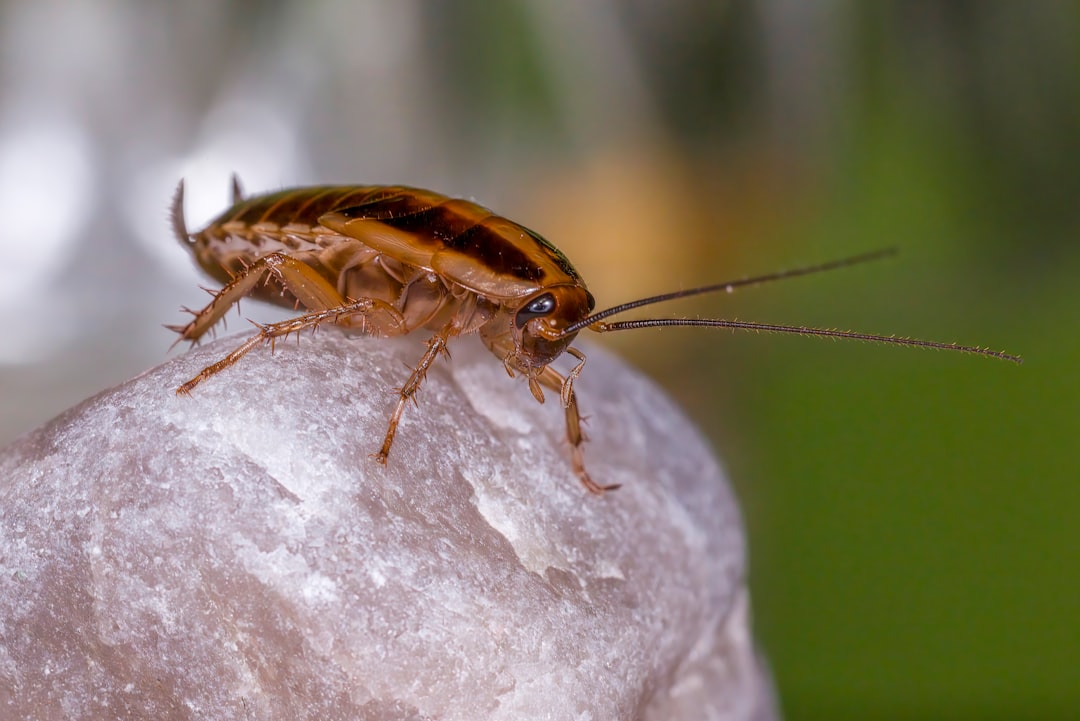
Many insects employ dehydration as a survival strategy, reasoning that you can’t freeze what isn’t there. Before winter arrives, these insects actively remove water from their bodies, concentrating their remaining fluids with protective compounds. This process, called cryoprotective dehydration, can reduce an insect’s water content by up to 70%.
The Antarctic midge Belgica antarctica uses this strategy to survive in one of Earth’s harshest environments. By removing most of the water from its cells and replacing it with protective compounds, this tiny fly can survive temperatures that would instantly kill most other insects. The dehydration process is carefully controlled to prevent cellular damage while maximizing cold protection.
Supercooling: Staying Liquid Below Freezing

Supercooling is perhaps one of the most impressive cold-survival strategies in the insect world. This phenomenon allows insects to remain liquid at temperatures well below their normal freezing point. Pure water typically freezes at 32°F (0°C), but insects can supercool their body fluids to temperatures as low as -40°F (-40°C) without forming ice.
The key to supercooling lies in removing or inactivating ice nucleation sites – microscopic particles that normally trigger ice crystal formation. Insects achieve this by purging their gut contents, eliminating food particles that could serve as nucleation sites. Some insects also produce compounds that bind to potential nucleation sites, effectively neutralizing them. The Asian longhorned beetle can supercool to temperatures below -22°F (-30°C) using this strategy.
Seasonal Preparation: Getting Ready for Winter
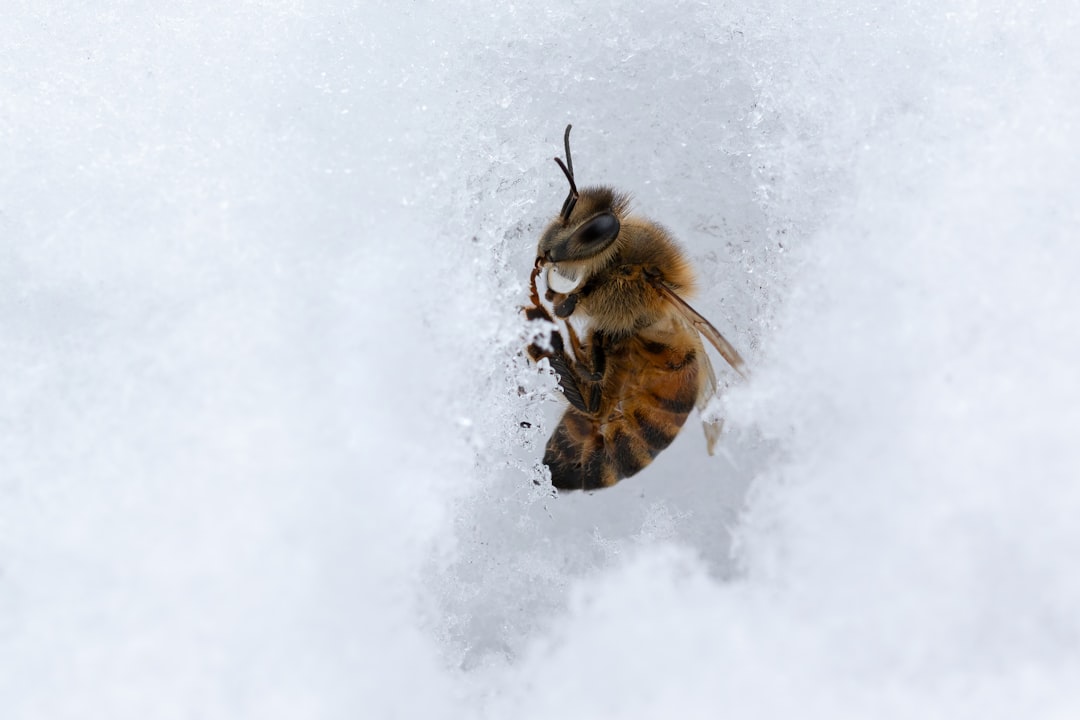
Insects don’t just flip a switch when winter arrives – they begin preparing for cold weather months in advance. This preparation process, called cold hardening, involves gradual physiological changes triggered by environmental cues. Shortening daylight hours, dropping temperatures, and changing humidity levels all signal to insects that winter is approaching.
During cold hardening, insects increase their production of cryoprotectants, modify their cell membrane composition, and sometimes even change their behavior patterns. The process can take weeks or months to complete, with insects becoming progressively more cold-tolerant as winter approaches. Some insects undergo multiple rounds of cold hardening, fine-tuning their protection as conditions become more severe.
Behavioral Adaptations: Finding the Right Microclimate
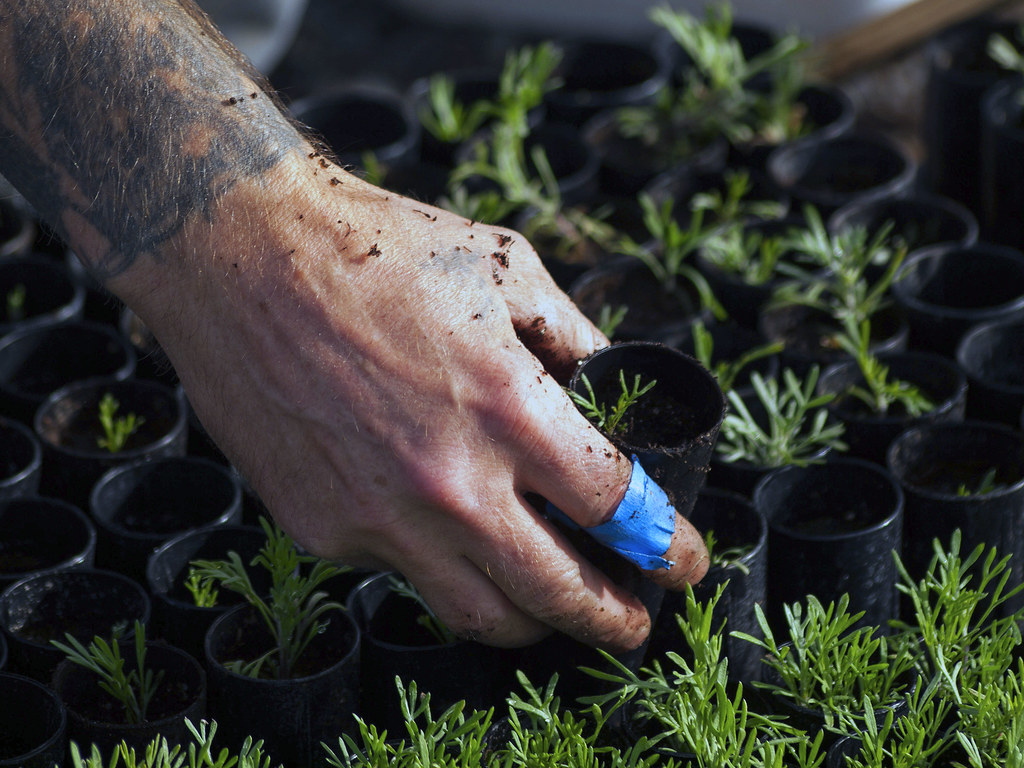
While biochemical adaptations are crucial, insects also rely heavily on behavioral strategies to survive winter. Microhabitat selection can mean the difference between life and death, as even small differences in location can result in significantly different temperatures. Many insects seek out protected areas under bark, in leaf litter, or deep in soil where temperatures remain more stable.
Some insects aggregate in large groups, taking advantage of collective body heat and shared protection. The mourning cloak butterfly overwinters as an adult, hiding in tree crevices and under loose bark where it’s shielded from the worst weather. Other insects burrow deep into soil, sometimes going several feet underground where temperatures rarely drop below freezing.
Diapause: The Ultimate Winter Survival Strategy
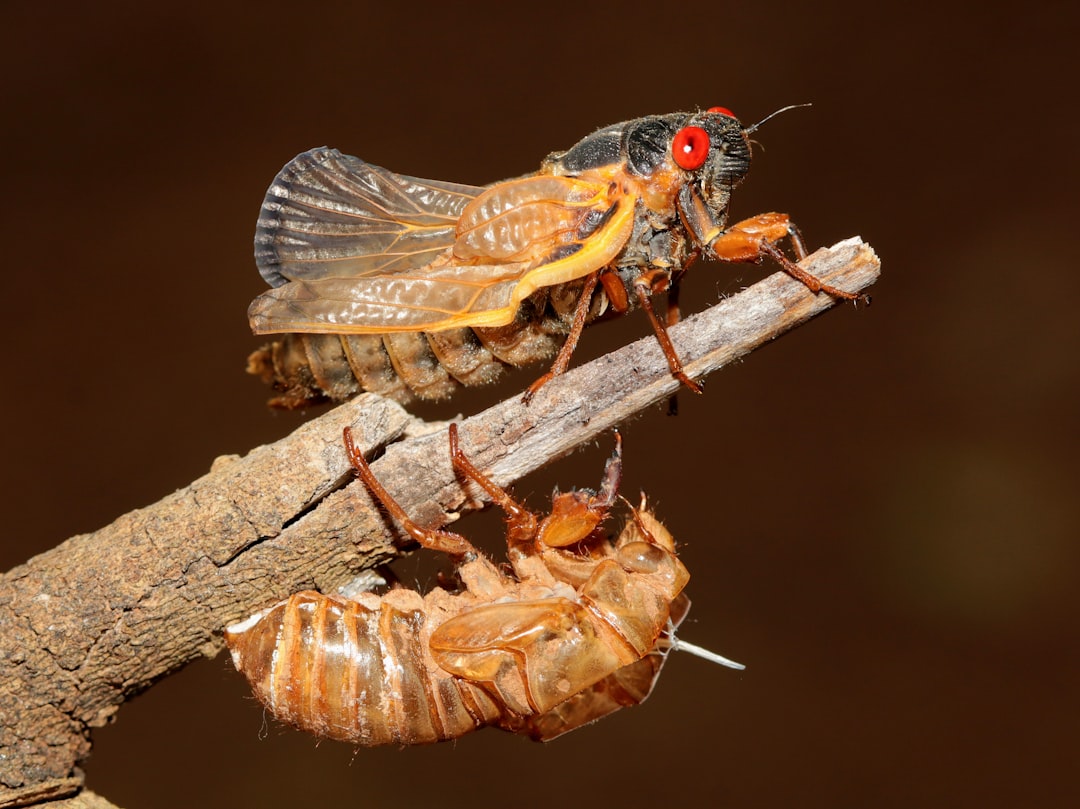
Many insects enter a state called diapause during winter – a period of suspended development that’s far more complex than simple hibernation. During diapause, insects dramatically slow their metabolism, stop growing, and enter a state of suspended animation that can last for months. This strategy allows them to survive extended periods of harsh conditions without expending energy.
Diapause can occur at different life stages depending on the species. Some insects enter diapause as eggs, others as larvae, pupae, or adults. The timing and duration of diapause are precisely controlled by internal biological clocks and environmental cues. The woolly bear caterpillar can remain in diapause for up to 14 years in Arctic conditions, emerging only when conditions are favorable for growth and reproduction.
Membrane Modifications: Keeping Cell Walls Flexible
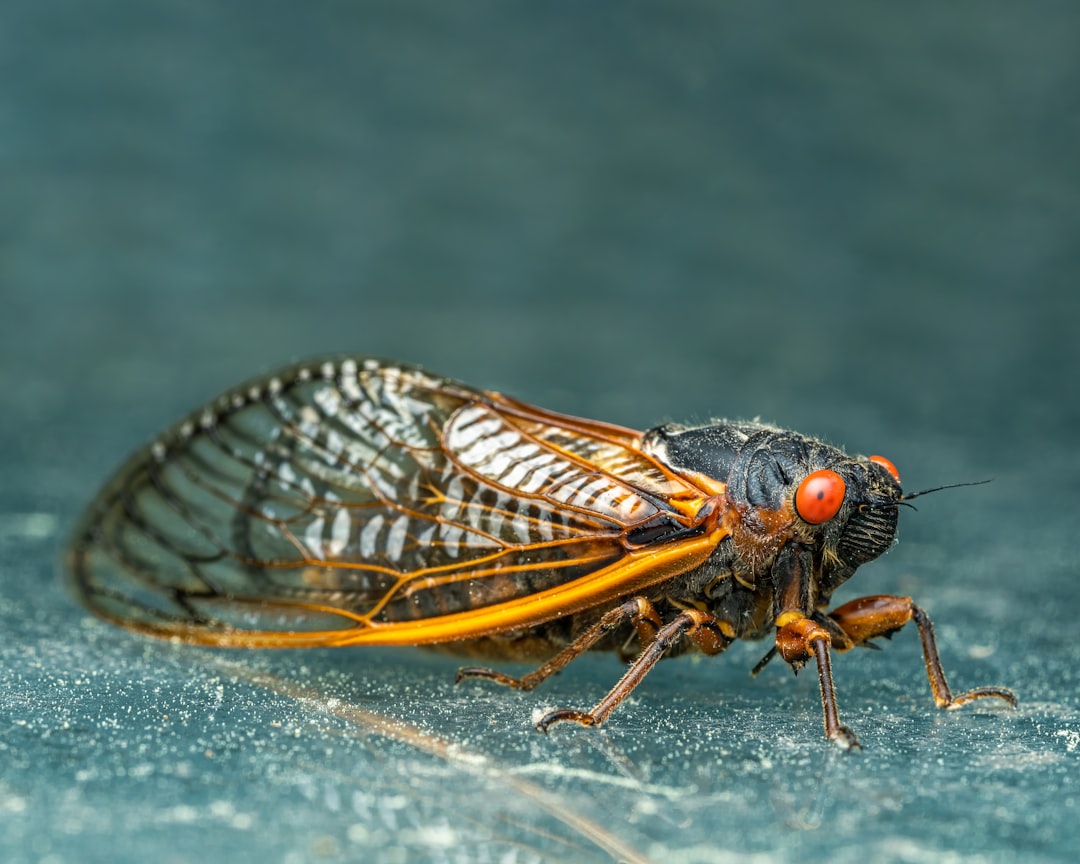
At freezing temperatures, cell membranes become rigid and can easily rupture. Insects combat this by modifying their membrane composition before winter arrives. They increase the proportion of unsaturated fatty acids in their cell membranes, which helps maintain flexibility at low temperatures. This is similar to how we use winter-grade oil in our cars to keep engines running smoothly in cold weather.
Some insects also produce membrane-stabilizing compounds that prevent the physical changes that normally occur when membranes cool. These modifications ensure that essential cellular processes can continue even at very low temperatures. The changes are so effective that some insect cells can maintain normal function at temperatures that would completely shut down mammalian cells.
Energy Management: Conserving Resources During Winter
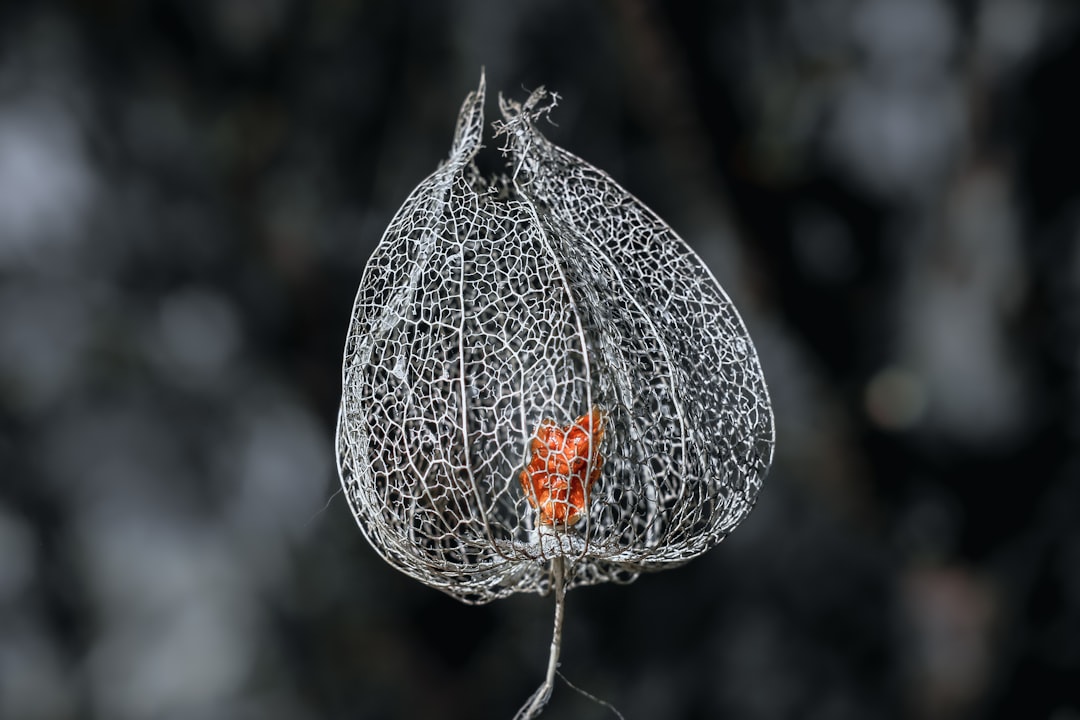
Surviving winter isn’t just about not freezing – it’s also about conserving energy when food is scarce. Insects have developed sophisticated energy management systems that allow them to survive months without eating. They build up fat reserves during the fall, then carefully ration these resources throughout winter.
Metabolic depression is a key component of winter survival, with some insects reducing their metabolic rate by up to 90% during cold periods. This dramatic slowdown allows them to stretch their energy reserves over extended periods. The timing of metabolic changes is crucial – insects must slow down enough to conserve energy while maintaining sufficient activity to survive freezing events.
Molecular Chaperones: Protecting Cellular Machinery
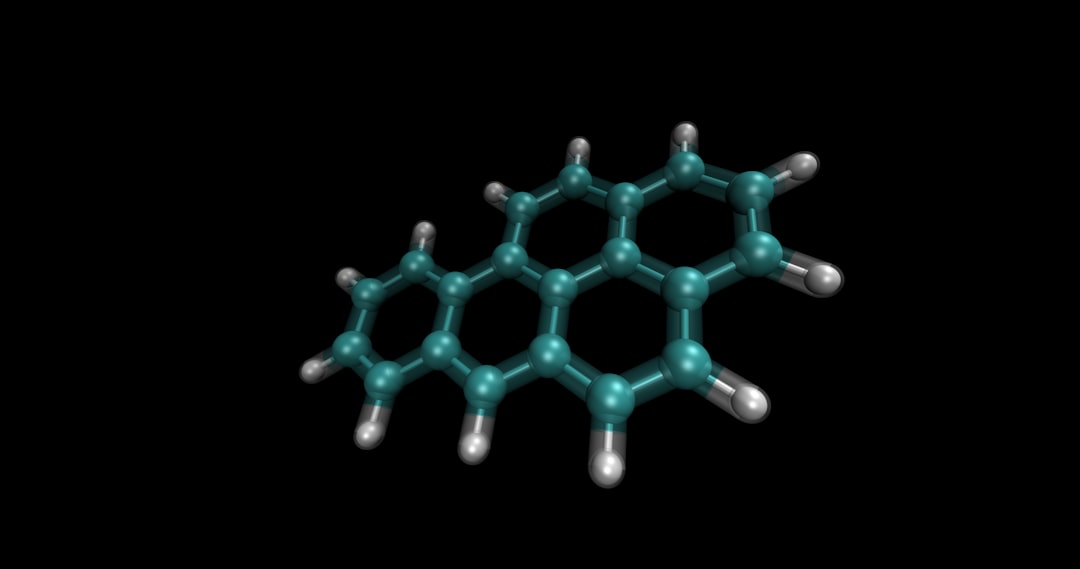
Cold stress can cause proteins to unfold and lose their function, potentially killing the insect. To prevent this, many insects produce molecular chaperones – specialized proteins that help maintain the proper shape and function of other proteins under stress. These chaperones work like cellular repair crews, constantly monitoring and fixing protein damage caused by cold exposure.
Heat shock proteins, despite their name, are actually some of the most important cold-protection molecules insects produce. These proteins help refold damaged proteins and prevent the aggregation of misfolded proteins that could harm cellular function. The production of molecular chaperones increases dramatically during cold hardening, providing insects with enhanced protection against temperature stress.
Extraordinary Examples: Record-Breaking Cold Survivors
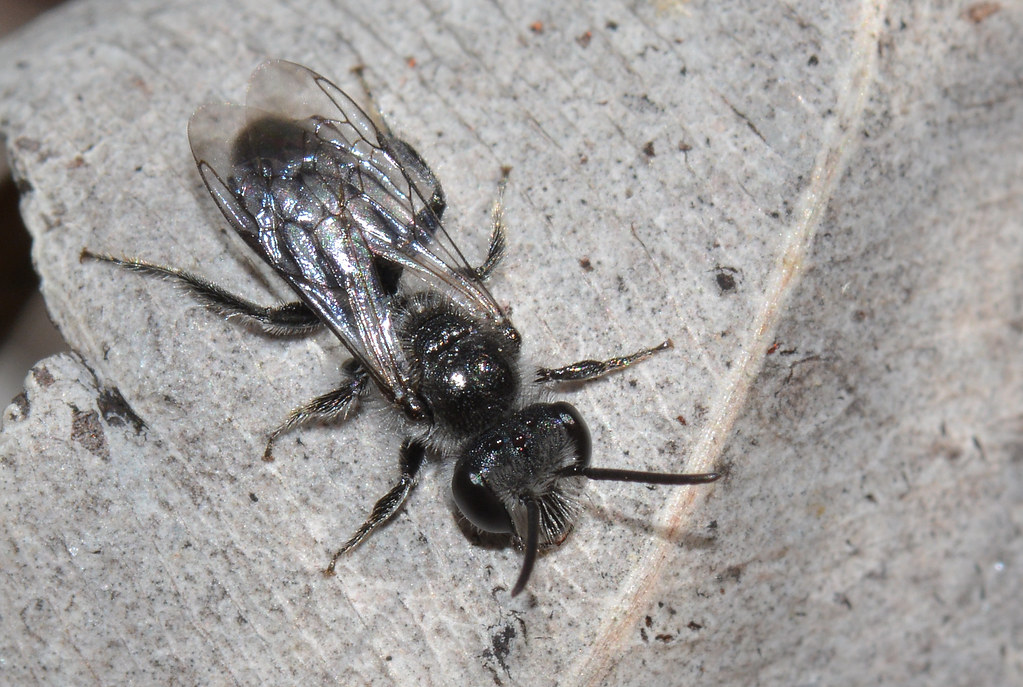
Some insects have achieved truly remarkable feats of cold survival that push the boundaries of what seems possible. The Arctic woolly bear caterpillar holds the record for the longest-lived insect larva, surviving up to 14 years in the Arctic tundra. During this time, it may experience temperatures as low as -60°F (-51°C) and remain frozen solid for most of each year.
The Himalayan midge Diamesa can survive at altitudes where temperatures regularly drop to -4°F (-20°C). Even more impressive is the Antarctic midge Belgica antarctica, which survives year-round in Antarctica despite having no wings and spending most of its life frozen solid. These insects represent the extreme edge of cold adaptation, surviving in environments where few other complex organisms can exist.
Applications and Future Research
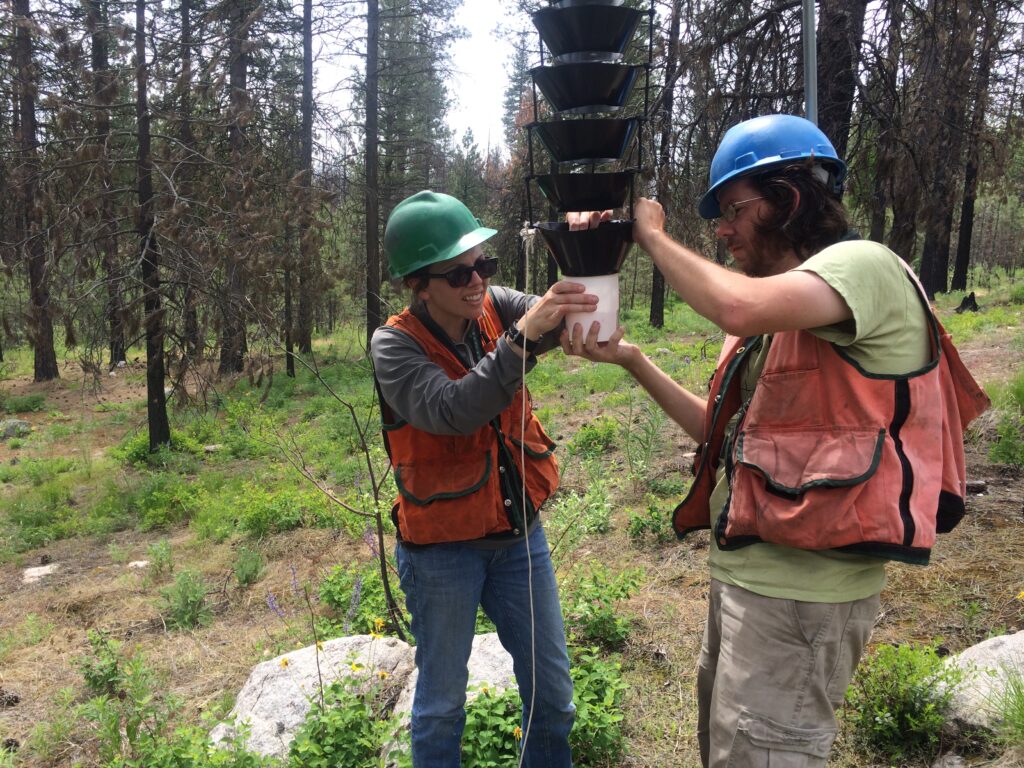
The study of insect cold adaptation has far-reaching implications beyond basic biology. Researchers are investigating how insect antifreeze proteins might be used to improve organ preservation for transplant surgery. The ability to keep organs viable at low temperatures for extended periods could revolutionize medical treatment and save countless lives.
Agricultural applications are also promising, with scientists exploring how understanding insect cold tolerance might help develop frost-resistant crops. The food industry is interested in natural antifreeze compounds that could improve frozen food quality and reduce the need for artificial preservatives. Even space exploration benefits from this research, as understanding extreme cold survival could help protect astronauts and equipment in the harsh environment of space.
Conclusion

The ability of insects to survive freezing temperatures represents one of nature’s most remarkable achievements. Through millions of years of evolution, these tiny creatures have developed an arsenal of sophisticated strategies that allow them to thrive in conditions that would quickly kill most other organisms. From antifreeze proteins that prevent ice crystal growth to controlled dehydration that removes the threat entirely, insects have mastered the art of winter survival.
These adaptations remind us that survival in nature often requires not just one perfect solution, but a combination of strategies working in harmony. The next time you see an insect emerging from its winter hideout, take a moment to appreciate the incredible biological engineering that made its survival possible. What other secrets might these tiny survivors reveal about the limits of life itself?
